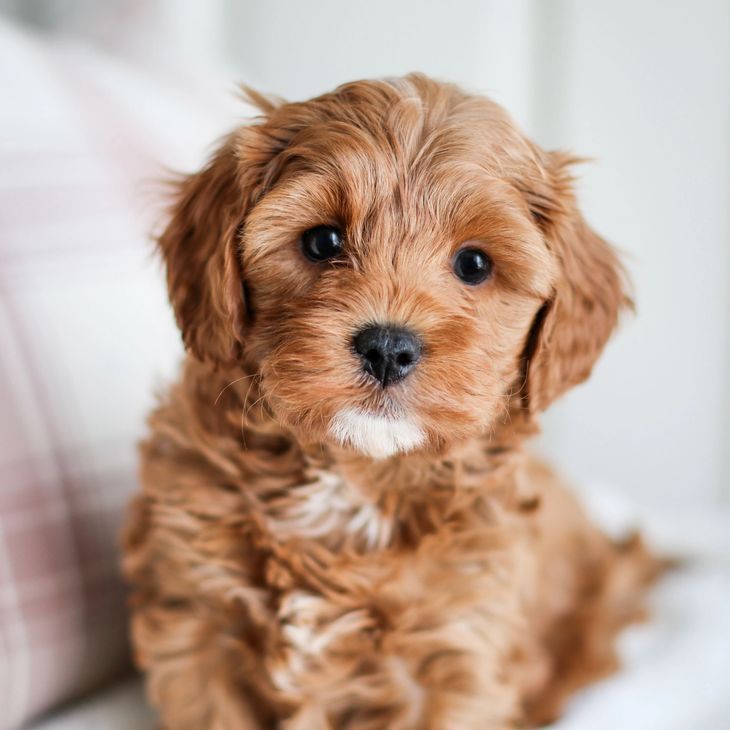How to Teach a Puppy to Walk on a Leash
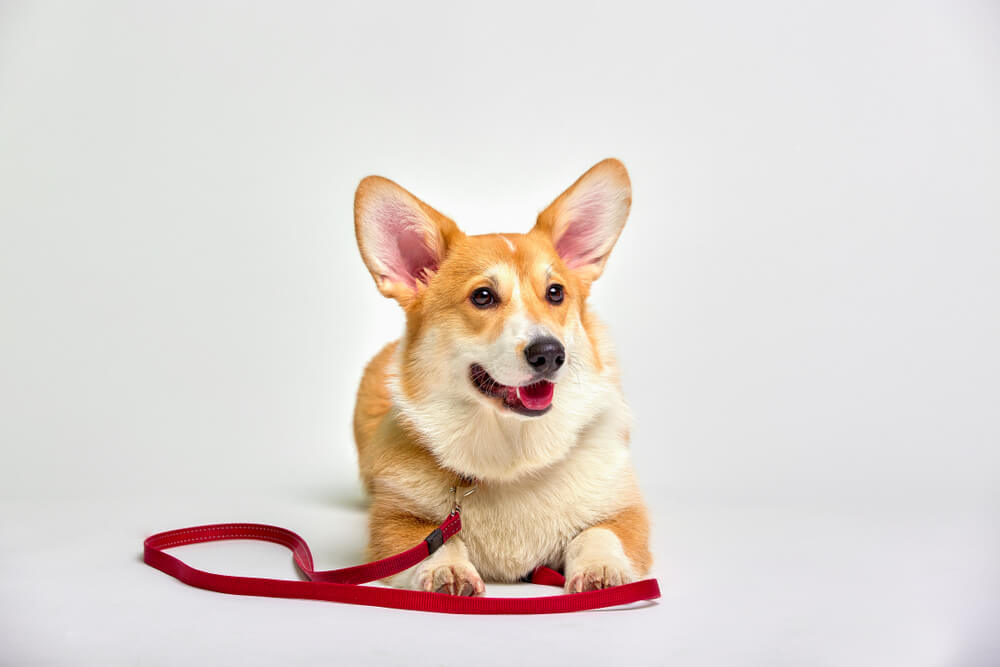
Table of Contents
Listen To The Article
Introduction to How to Leash Train your Puppy
Introducing a puppy to a leash can be a tricky business, as many puppies don’t immediately understand what is expected of them.
The most important thing to remember is that if you are starting with a young puppy you have to be patient and be prepared to spend lots of time patiently working with him.
The best way to start is to pick a time when you have about 1 hour of time to dedicate to training with the pup.
You want to put on the leash and introduce it to the puppy using food as a reward, to begin with.
In order to get the puppy used to the feel of the leash, you will want to start by feeding the puppy the same way you normally would, but use the leash to guide.
Begin by showing your puppy the leash and associating it with treats. Pull the leash out from behind your back.
When your puppy looks at it, mark the moment with the word “Yes!” or a clicker and give them a treat.
Then make the leash disappear behind your back again.
Start out by letting him get used to wearing a collar or harness and a leash.
Let him wear them for short periods of time in the house while you are playing with him and giving him treats.
The puppy should love collar-and-leash time because it represents food and fun.
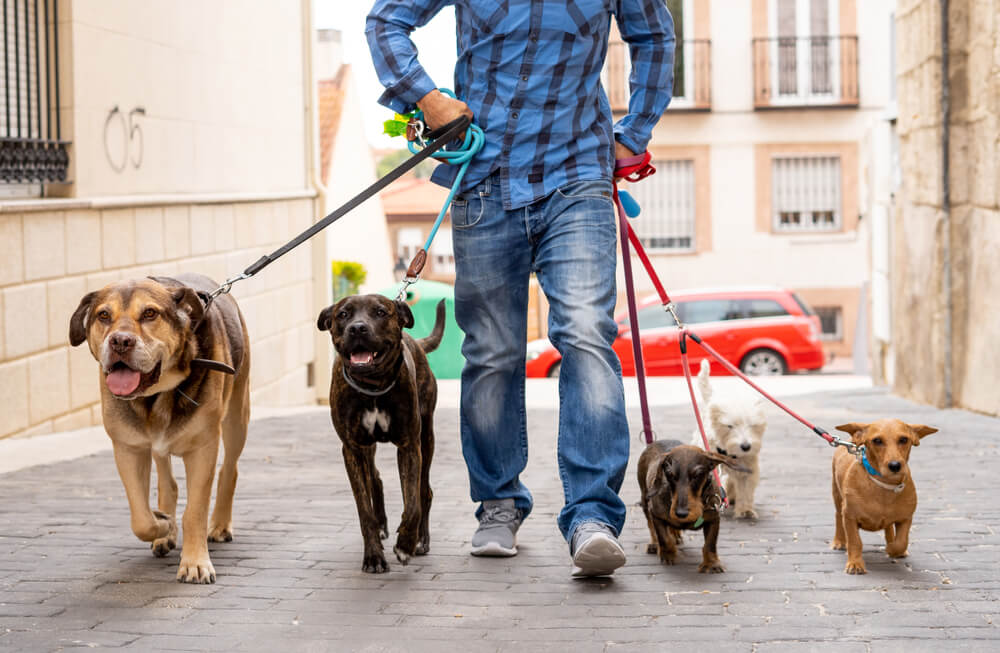
The Importance of Puppy Leash Training
Compliance with a leash law, whenever you take your dog off your property, the laws in most counties require a dog to be on a leash even if you intend to keep your dog within your backyard, he will still need a leash at some point, leashes will become useful during your trips to the vet, groomers, pet stores, or parks.
Enjoyable and stress-free walks, a walk outside with your dog should be a fun and relaxing activity.
Both you and your dog will become frustrated every time you go outside if he is not leash trained.
If a dog is not acclimated to leash manners, it could be unpleasant to the owner and passing pedestrians.
A good relationship with your dog.
Training your dog to walk on a leash can help provide communication to your dog.
A tight leash can convey a negative message or indicate that something is unfavorable in the environment.
Avoid accidents or unwanted responses, you may feel confident to leave your dogs without a leash if they can follow instructions such as sit, stay and come.
However, there are other factors in the outdoor environment that are beyond your control.
Often, you do not know how your pet will respond to a new stimulus in the environment.
Prevent physical problems and injuries constant pulling while on the leash can cause strain and damage to your dog’s body.
Dogs must be trained to wear the right kind of collar and walk at an acceptable distance from their owners.
Your dog must learn to walk beside you instead of side to side to prevent the potential of you tripping, proper usage of a leash will help prevent injuries for both you and your dog.
Sense of pride and fulfillment, it is your duty as a dog owner to teach your pet proper manners and behaviors.
There will always be a sense of pride and fulfillment when you watch your puppy or dog display good behavior.
Pick the Right Leash and Collar
The leash and collar some of the most important things you need to have before getting a puppy.
In most places, it’s even required by law when your dog is outside but there are many different types of collars and leashes, and the options can be overwhelming.
When you put your dog’s collar on, you should be able to fit two fingers underneath, between your dog’s body and the collar.
You want the collar to be tight enough that it won’t slip over your dog’s head, but loose enough that it won’t choke or strangle your dog.
Associate the Leash with Playtime
The first step is to get your dog familiar and accustomed to a collar.
Try to avoid problems and situations where your pup could get concerned, fearful, or even have a temper tantrum.
Just attaching a collar and a leash can do this.
So put the collar on when there are other things that will occupy his mind and he has to think about.
Attach the collar when your pup is going outside to be in the yard with you or even in the home when you are interacting with him.
Put it on snug, but not so tight that it is uncomfortable and irritating.
In other words, he should forget about it as you are getting his attention and interacting to take his mind off the wearing of the collar put it on at mealtime or when you are doing some basic puppy training.
Very quickly he will come to accept the feeling of the collar and leash especially if it is related to food and you can then move to the next stage.
One thing to look out for is if he scratches at the collar.
If he does this, gain his attention and encourage him to simply follow you or get him to play with a toy so he forgets the irritation.
Take Baby Steps
With some dogs the moment you pick that leash up and he feels some tension he can go into his ‘I am a fish on the end of a hook’ antics.
So, after attaching the leash let him run around dragging it. You should always be supervising this to avoid any possible tangling.
It also helps to have another dog around to engage in play while the leash is on if you have no other dog, then play with him or go through some fun training routine, such as a small retrieve with a toy or sits and downs with a treat.
When he is doing this and looks comfortable, occasionally pick up the leash and call him to you, do it gently and encourage him to come up to you.
Treats are great, but always make sure they are small morsels and not big treats that he then spends time chewing.
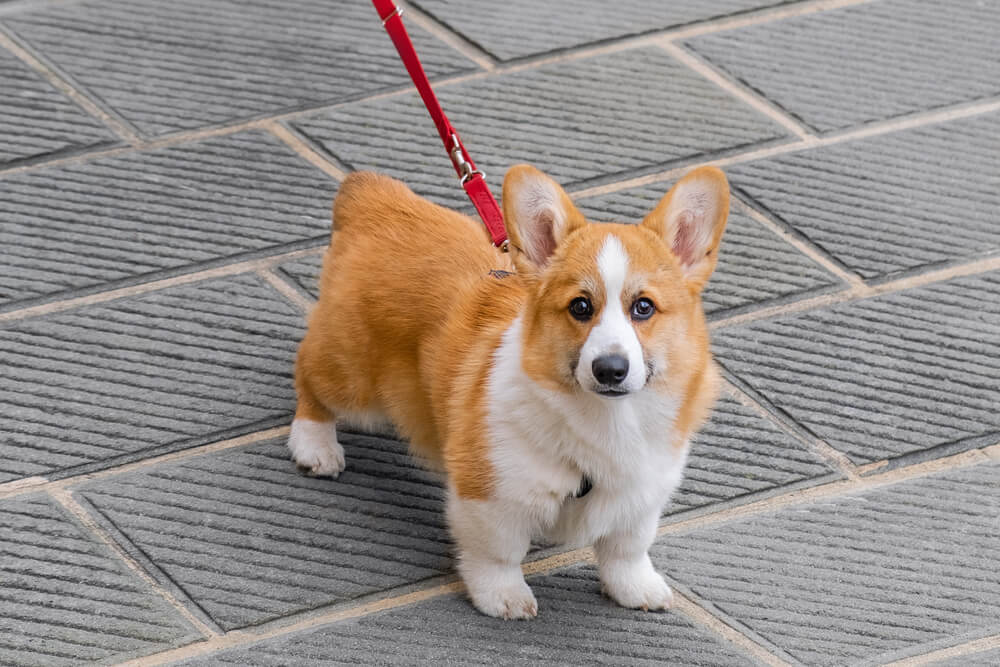
Steps for teaching a puppy to walk on a leash
You will be training your puppy from the moment you bring it home and start to house train.
They start learning from birth and good breeders begin handling and socialization right away some training can begin as soon as the puppy can open its eyes and walk.
Young puppies have short attention spans but you can expect them to begin to learn simple obedience commands such as “sit,” “down,” and “stay,” as young as 7 to 8 weeks of age.
Behaviors learned in puppyhood may need to be changed. In addition, anything that has already been learned or trained incorrectly will need to be undone and re-taught, puppies are capable of learning much from an early age.
When training is started at 7 to 8 weeks of age, use methods that rely on positive reinforcement and gentle teaching, puppies have short attention spans, so training sessions should be brief but should occur daily. Puppies can be taught to “sit,” “down,” and “stand” using a method called food-lure training.
We use food treats to entice the dog to follow its nose into the proper positions for “sit,” “down,” “stand,” and “stay”.
Establish a routine
Puppies do best on a regular schedule.
The schedule teaches them that there are times to eat, times to play and times to do their business.
Generally speaking, a puppy can control their bladder for one hour every month of age.
So if your puppy is two months old, they can hold it for about two hours.
Don’t go longer than this between bathroom breaks or they’re guaranteed to have an accident.
Supervise your puppy
Don’t give your puppy an opportunity to soil in the house; keep an eye on them whenever they’re indoors.
When you’re unable to watch your puppy at all times, restrict them to an area small enough that they won’t want to eliminate there.
Be Patient
Puppies are sensitive to the moods of their owners.
If you’re anxious, frustrated, and impatient, your puppy senses that, and it may make it harder to get through to him.
He’ll respond best to you when you’re calm, upbeat, and assertive.
If you find yourself becoming frustrated or losing patience, take a deep breath and follow a few simple guidelines to get back on track.
They have a limited understanding of what you’re asking of him; this new environment is still confusing, and he doesn’t yet have much control over his behavior.
If you respond to him in a loud, angry voice or with rough handling, he’ll be less likely to trust you or respond positively.
If you start to lose patience, take a break you might need to step away and take some deep calming breaths, or you can gently place him in his crate or gated area and give yourself time to relax and calm down.
Understand the breed’s behavioral traits and temperament if you’ve done your homework about your puppy’s breed, it will be easier to work with his natural tendencies than against them.
Spend lots of time with your puppy creating a bond and building trust will make it easier for him to learn.
Practice does make perfect
He may not understand what you’re teaching him the first time, or even the fifth time.
But with patience and consistency, you’re giving him the opportunity to succeed and don’t forget to praise him, even for small victories.
Bringing this adorable bundle of energy into your home is life-changing and not always in expected ways.
Keep in mind that you’re trying to teach him good lifetime habits, and that won’t happen overnight.
Patience, consistency, and practice will help you be a good owner and your puppy a well-behaved canine family member.
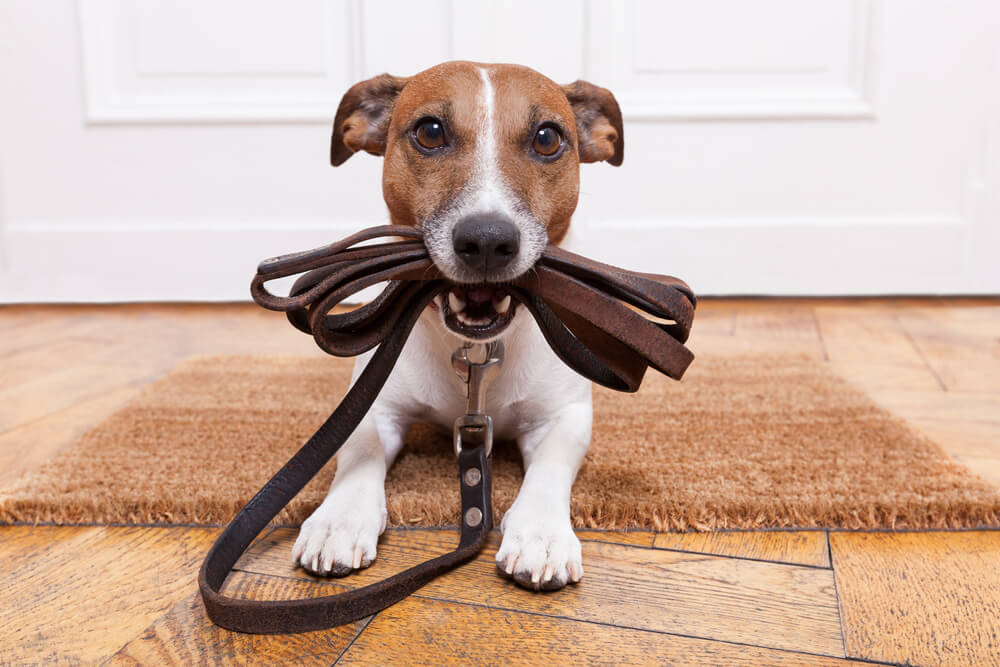
Leash-Training Troubleshooting
Even though your puppy may be learning to walk on a leash very nicely, you’re likely to run into some issues as he gets older, goes to new places, and experiences new distractions you’ll want to teach him loose-leash walking because it’s much more pleasant for you both.
If your dog starts pulling in the other direction, turn yourself into “a tree” stand very still and refuse to move until your dog comes back to you, do not yank or jerk the leash, and do not drag your dog along with you and front-hook harnesses and head halters are alternative training tools designed for dogs that tend to pull.
If your dog is going after something while on a walk another dog, a car, a skateboarder, for example, be proactive try to redirect his attention with a treat before he has a chance to lunge, and increase the space between your dog and the target.
Stay alert and be prepared before the target of his frustration gets too close this type of behavior may be more common in herding breeds, but any dog can be startled by something he’s not used to or finds exciting.
Some dogs have the habit of barking at other dogs while on a walk this behavior comes as a result of a lack of exercise make sure your dog gets the proper amount of mental and physical stimulation for his age and breed.
If this is still a problem, use the same process as you would if your dog is lunging, so every time he sees a dog he gets used to turning his attention to you.
Gradually you’ll reduce the number of treats and the amount of troubleshooting that your puppy needs during a walk, but it’s a good idea to keep some on hand at all times so you can randomly reinforce good leash-walking behavior.


